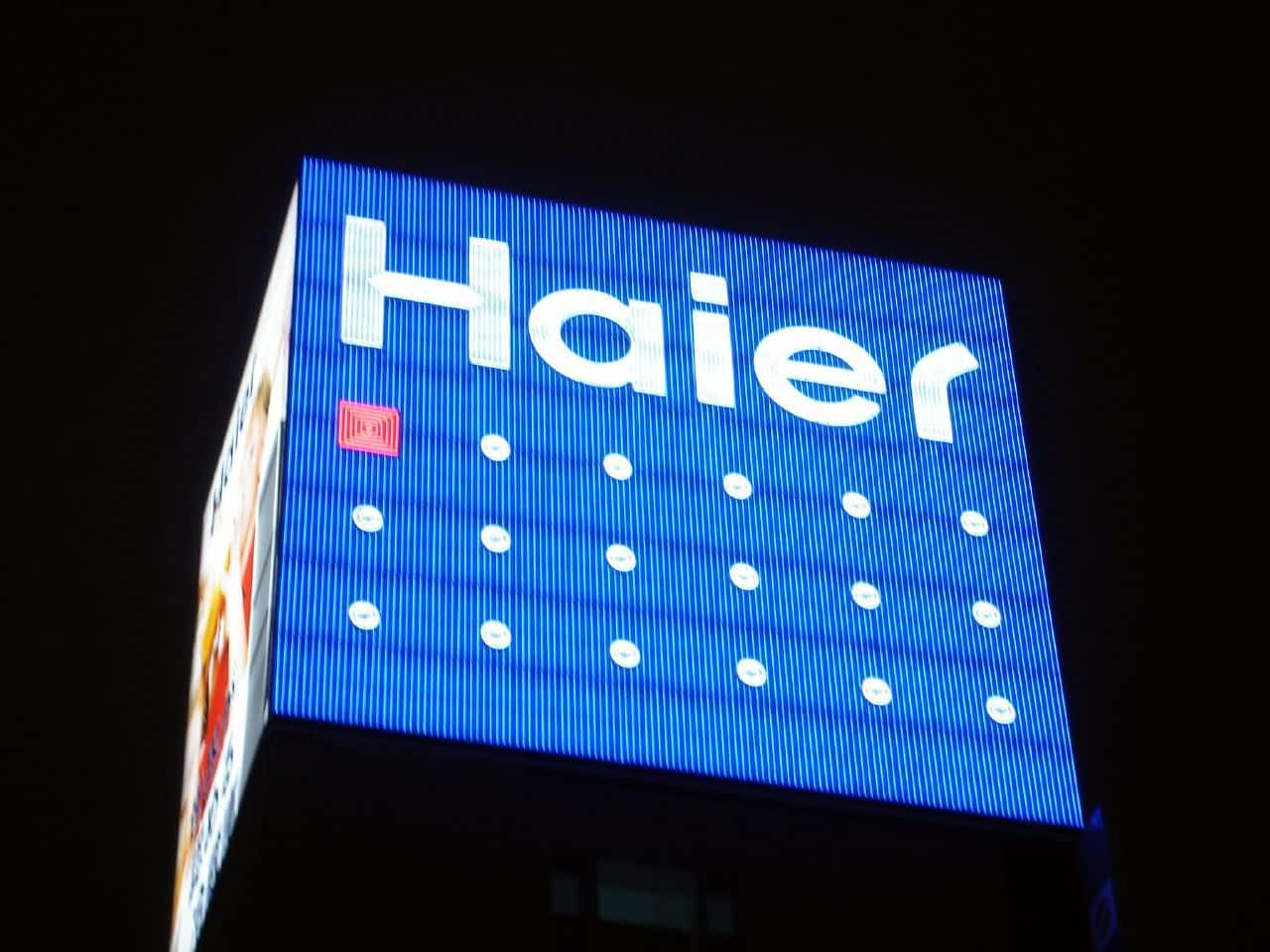Last week marked a major inflection point for two renowned household appliance brands. General Electric, once the world’s largest company by market size, announced it would split into three specialized businesses. Meanwhile in China, Zhang Ruimin announced he was stepping down from Haier Group, the electronics giant he founded.
Data: Haier Annual Reports
The two companies’ trajectories are not unrelated: GE sold its household appliances division to Haier in 2016, one of many busi
Subscribe or login to read the rest.
Subscribers get full access to:
- Exclusive longform investigative journalism, Q&As, news and analysis, and data on Chinese business elites and corporations. We publish China scoops you won't find anywhere else.
- A weekly curated reading list on China from Andrew Peaple.
- A daily roundup of China finance, business and economics headlines.
We offer discounts for groups, institutions and students. Go to our
Subscriptions page for details.
Includes images from Depositphotos.com


